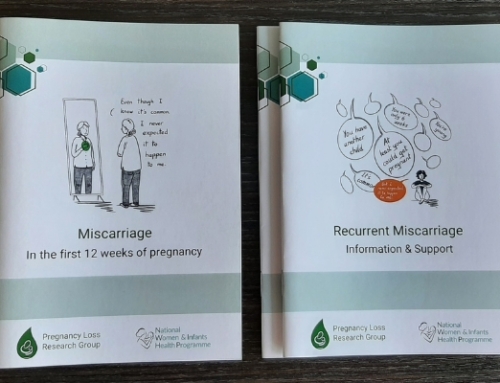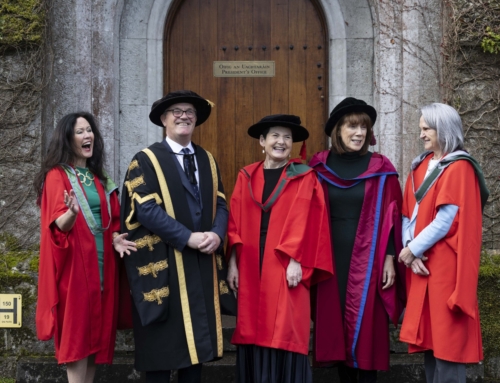On International Day of Persons with Disabilities, we caught up with INFANT collaborator, Professor Cally Tann and the Baby BRAiN research team to learn about their work to improve outcomes for children and families affected by newborn brain injury.
Newborn brain injury, caused by oxygen deprivation around the time of birth (birth asphyxia), is one of the leading causes of death and disability globally among children less than five years of age. Developmental disabilities like cerebral palsy, as a result of birth complications, can affect a child’s movement, learning, feeding, vision and hearing, with far reaching implications on a child’s health, well-being and quality of life. Superstitious beliefs around developmental disabilities often mean that families experience discrimination and exclusion from their communities, with important psychological, social and financial impacts for caregivers and families.
The majority of newborn brain injury (95%) occurs in low- and middle-income countries (LMICs), with half occurring in sub-Saharan Africa. Despite this, relatively little is known about how we might effectively treat affected newborns in low-income countries, particularly in settings without access to newborn intensive care facilities.
About the Baby BRAiN study
The Baby BRAiN study aimed to improve our understanding of newborn brain injury in Uganda and examined the impacts of events around the time of birth on both the baby’s brain and the child’s longer-term outcomes.
Newborn seizures (fitting) can be common amongst affected babies, and studies from high-income countries have shown that severe or prolonged fitting can substantially increase the risk of death and longer-term disabilities. Video electroencephalography (EEG), which measures the electrical activity of the brain, can help monitor the severity of brain injury and seizures. However, their use in LMICs remain limited and as a result, seizures occurring after brain injury are at risk of being undetected or misdiagnosed.
The study, conducted at Kawempe National Referral Hospital, Kampala, Uganda, is the first to use the gold-standard video EEG monitoring, to examine brain function amongst a population of African newborns without access to intensive care.
The Baby BRAiN team recently published two papers which provide unique insights into the impact of birth complications on the newborn brain. The research, conducted in partnership with the neonatal neurophysiology team at the INFANT Research Centre at University College Cork (UCC), showed that newborn seizures were common, but difficult to detect and effectively treat without specific monitoring. As a result, fitting was often prolonged or continuous, which can substantially increase the risk of death and disability in settings without access to newborn intensive care. Those with the most severe brain dysfunction were found to be at the greatest risk of death or disability in early childhood.
Carol Nanyunja, the Research Coordinator for the Baby BRAiN study at MRC/UVRI and LSHTM Uganda Research Unit, said: “The Baby BRAiN study in Uganda provides new data that will help us better understand and treat newborn brain injury in LMICs”
What is next?
These new insights from the Baby BRAiN study have provided evidence to guide the clinical assessment and treatment of newborns with brain injury. Further data on the longer-term impacts of brain dysfunction and seizures from LMICs is required to help us understand the long-term outcomes for affected children and their families.
Cally Tann, Professor of Neonatal Medicine and International Child Health at LSHTM, said:
“This study shows the impact of birth complications on the newborn brain and highlights the need to enhance efforts to find new and innovative ways to prevent injury and protect newborns’ developing brains.”
Geraldine Boylan, Professor of Neonatal Physiology and Director of the INFANT Research Centre at UCC, said:
“Novel innovations to monitor brain dysfunction in diverse settings could substantially improve our understanding of newborn brain injury and support effective clinical management of seizures to improve outcomes for affected children.”
The research was funded by the Gates Foundation, as part of a ‘neonatal neuroprotection consortium’, of which Professor Tann is part. The consortium aims to find novel solutions to neuroprotection for babies born in low-income countries. Clinical trials to explore new prevention and intervention strategies for newborn brain injury are underway, with several agents showing promise in preclinical studies.
Add links to publications.
- Mathieson SR, Nanyunja C, Sadoo S, Nakalembe S, Duckworth E, Muryasingura S, et al. EEG background activity, seizure burden and early childhood outcomes in neonatal encephalopathy in Uganda: a prospective feasibility cohort study. eClinicalMedicine. 2024;78. doi: 10.1016/j.eclinm.2024.102937
https://doi.org/10.1016/j.eclinm.2024.102937
- Proietti J, Nanyunja C, Mathieson SR, Duckworth E, Sadoo S, Mambule I, Nakimuli A, Tann CJ, Boylan GB. Retrospective characterization of seizure semiology and treatment using continuous video-EEG monitoring in neonatal encephalopathy in Uganda. Epileptic Disord. 2024 Nov 18. doi: 10.1002/epd2.20299. Epub ahead of print. PMID: 39556089.
https://onlinelibrary.wiley.com/doi/epdf/10.1002/epd2.20299







